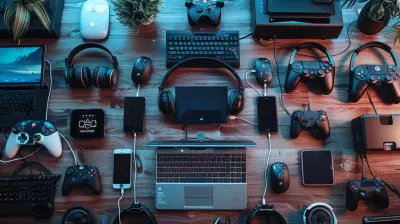Wearable Tech in Education: Enhancing Learning Experiences
21 September 2025
Technology is forever changing the way we learn. From smartboards to online courses, education continues to evolve. But one of the most exciting advancements? Wearable tech.
Wearable technology is no longer just about tracking steps or monitoring heart rates. It’s making its way into classrooms, revolutionizing how students interact with information. Imagine a world where students can experience history through virtual reality (VR) or get real-time language translations through smart glasses. Sounds impressive, right?
In this article, we'll dive deep into how wearable tech is transforming education, making learning more engaging, interactive, and personalized. 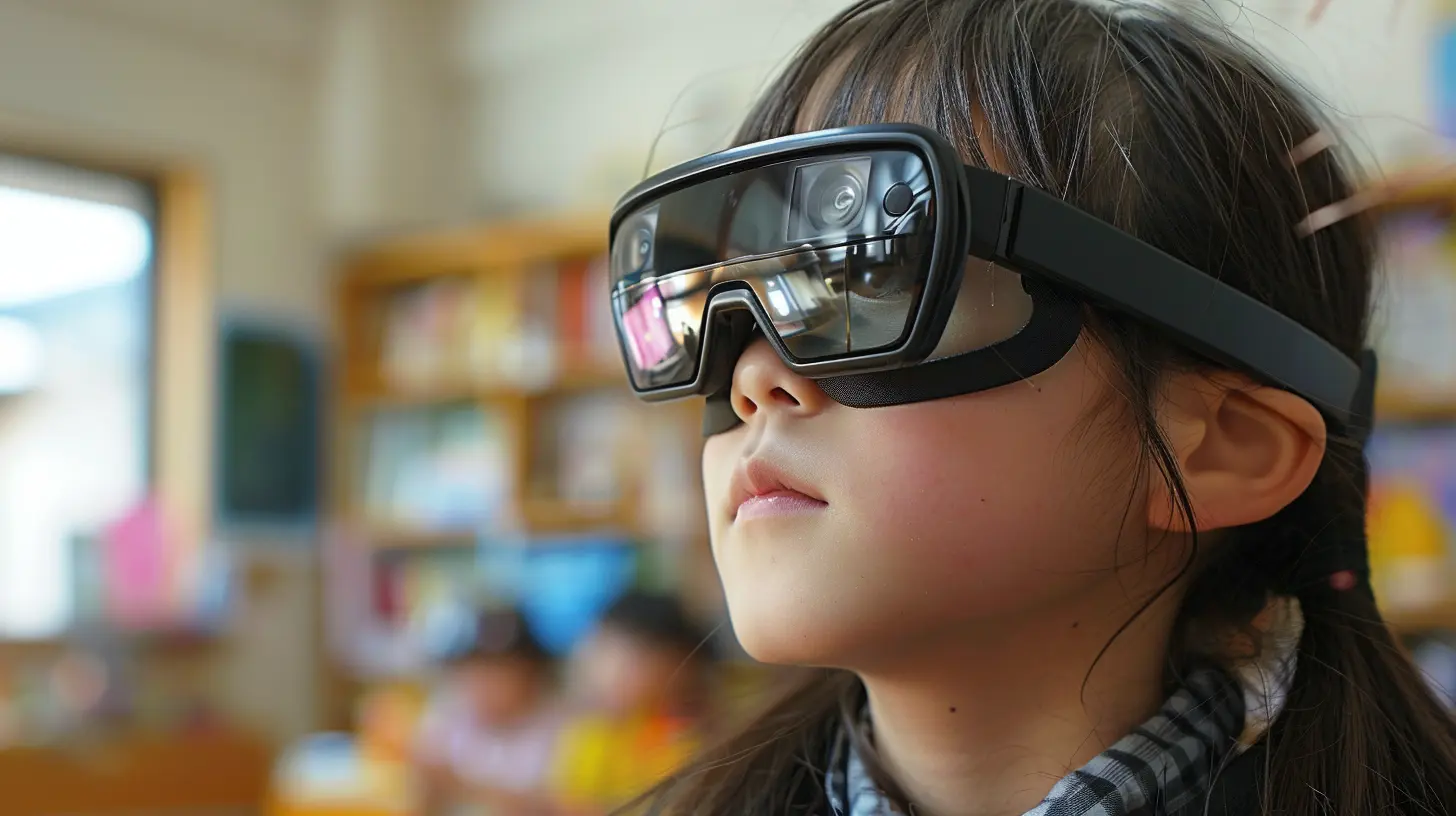
📌 What Is Wearable Technology?
Before we jump into its impact on education, let’s define wearable tech. Simply put, wearable technology includes smart devices that people wear—think smartwatches, VR headsets, AR glasses, and biometric wearables. These gadgets do more than just entertain; they bring hands-on learning experiences into classrooms worldwide.Now, let’s see how these devices are making a difference in education. 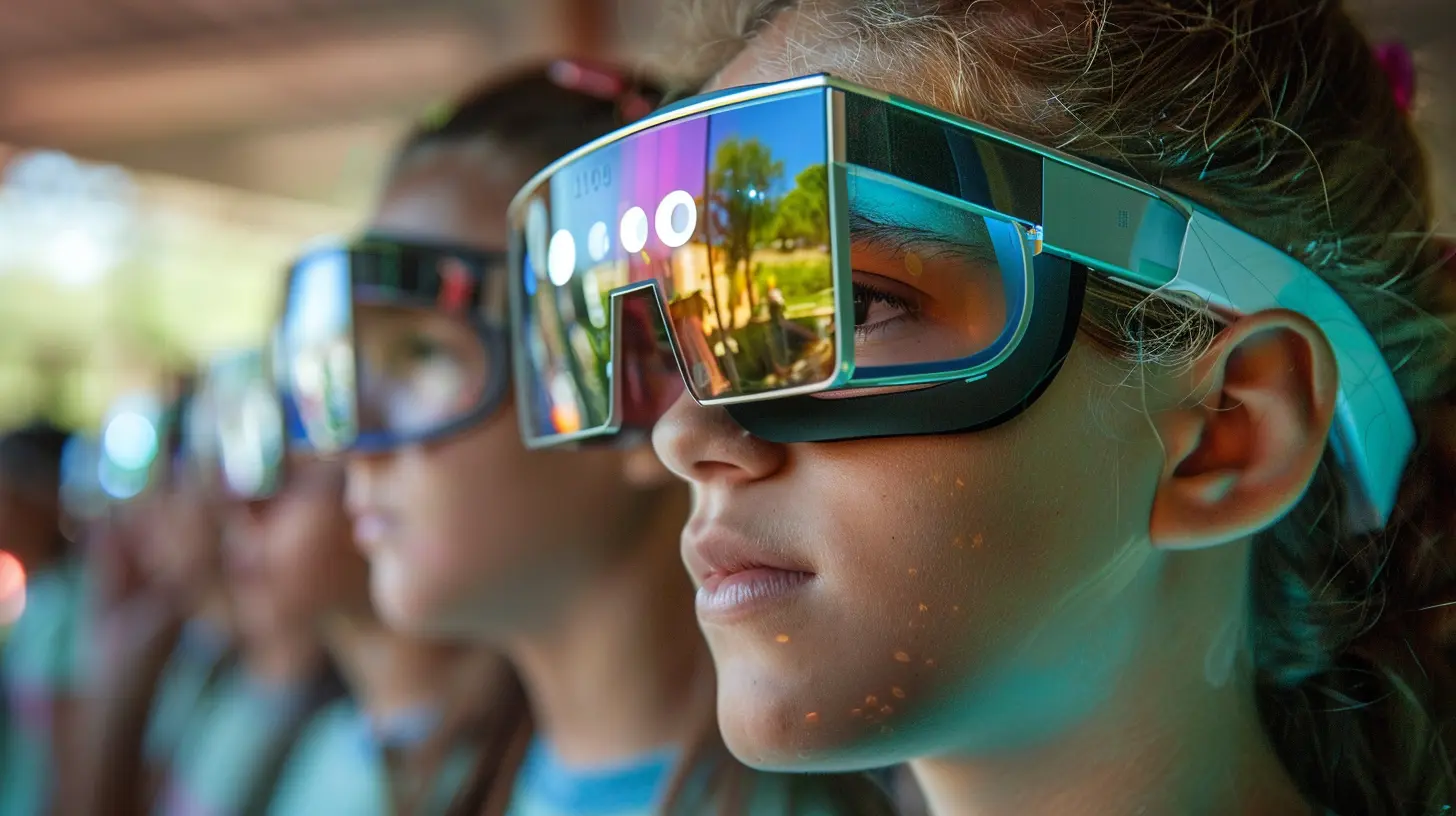
🎓 How Wearable Tech Is Enhancing Learning Experiences
1️⃣ Personalized Learning with Smart Wearables
Not all students learn at the same pace. Some grasp concepts quickly, while others need more time. Wearable technology helps personalize education by adapting to individual students' needs.For example, smartwatches and fitness bands can track concentration levels based on heart rates. If a student’s focus drops, the device can suggest short breaks or different learning techniques. AI-powered wearables can even recommend tailored lessons based on progress.
This level of customization ensures that students get the support they need—when they need it.
2️⃣ Virtual Reality (VR) – Making Learning More Immersive
Remember those dull history lectures? Imagine if students could walk through ancient Rome instead of just reading about it. That’s what virtual reality brings to the table.VR headsets like the Oculus Quest or HTC Vive allow students to explore different environments, making subjects like history, biology, and space science more engaging. Whether it’s dissecting a virtual frog or touring the solar system, VR offers an experience that textbooks simply can’t match.
Plus, it helps students retain information better. Studies show that experiential learning improves memory retention compared to traditional methods.
3️⃣ Augmented Reality (AR) – Learning in the Real World
Unlike VR, which creates an entirely digital experience, augmented reality (AR) enhances the real world by overlaying digital elements. Think of it as an interactive layer on top of what you see.Apps like Google Lens and AR-based smart glasses can help students visualize complex concepts. Imagine a chemistry student pointing their AR glasses at a symbol and seeing a 3D model of the molecule. Or a medical student watching real-time overlays of the human anatomy while practicing procedures.
This tech is bridging the gap between theory and real-world application, making learning more interactive and fun.
4️⃣ Smart Glasses – Enhancing Accessibility and Inclusivity
Education should be for everyone, right? But that’s not always the case. Many students with disabilities struggle to keep up in traditional learning environments. Wearable technology is changing that.Smart glasses like Google Glass or Microsoft HoloLens provide real-time language translation for students who are non-native speakers. This breaks language barriers, making education accessible to more students worldwide.
For those who are visually impaired, smart glasses can read out text from books, recognize faces, and even describe surroundings. These innovations are giving every student an equal chance to learn.
5️⃣ Health & Mental Well-Being with Wearables
Let’s face it: school can be stressful. Between exams, assignments, and social pressure, students often face overwhelming anxiety. But wearable devices are stepping in to help.Smartwatches and fitness trackers monitor stress levels by analyzing heart rates, sleep patterns, and activity levels. If a student is overly stressed, the device might suggest breathing exercises, stretching routines, or mindfulness activities.
This tech isn’t just about academics—it’s ensuring that students maintain their physical and mental well-being while learning.
6️⃣ Wearable AI Assistants – A Student’s Best Friend
Remember when students had to flip through hundreds of pages to find answers? Those days are fading fast. Wearable AI assistants like smart earbuds and AI-powered watches make learning instant.Students can ask questions and get real-time answers from AI assistants like Siri, Alexa, or Google Assistant. Need a quick translation? Want a summary of a complex topic? It’s all just a voice command away.
This means students spend less time searching for answers and more time actually learning. 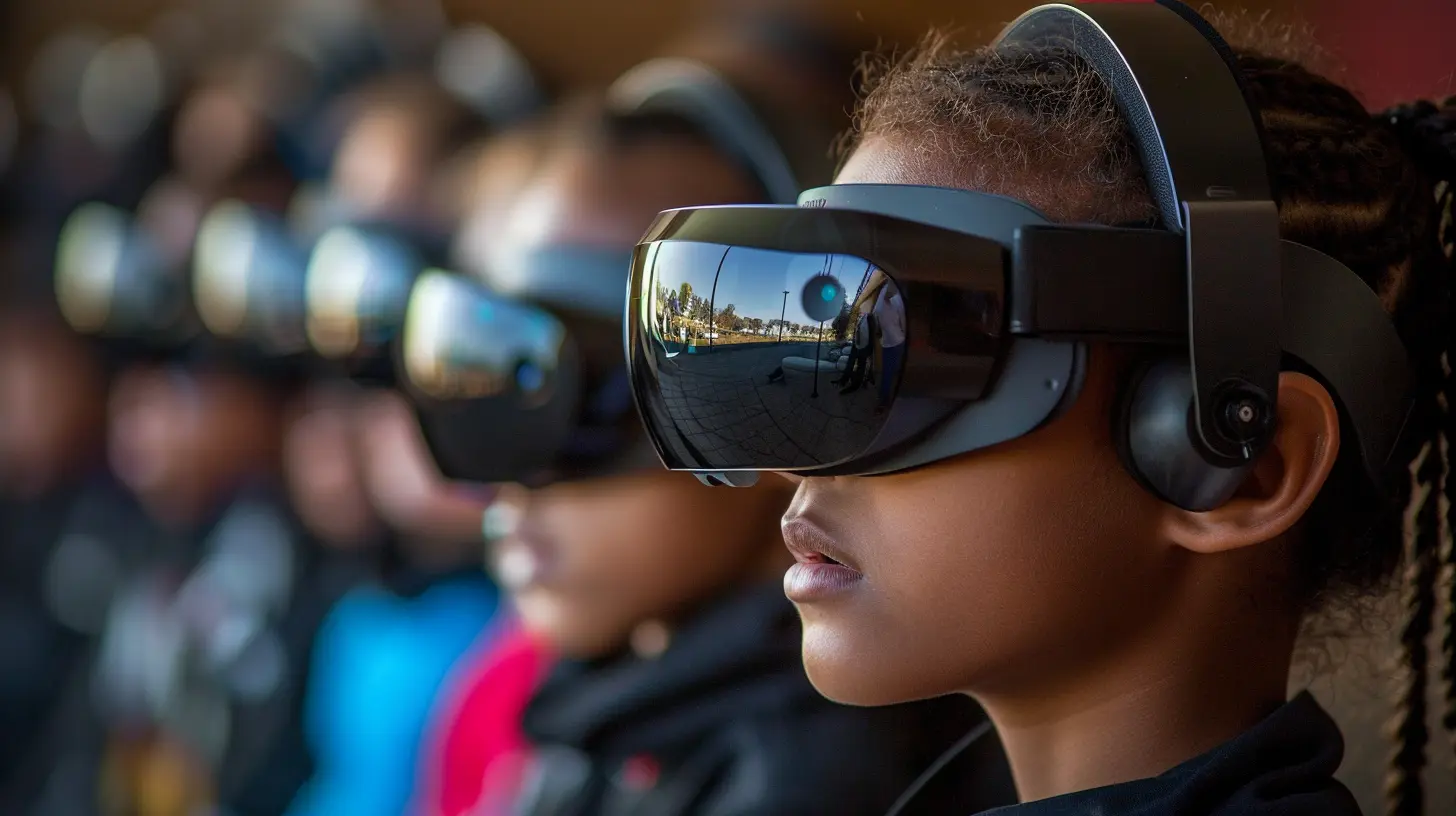
📉 Challenges of Using Wearable Tech in Schools
Of course, no technology comes without its challenges. Here are a few hurdles schools and students might face:🚫 High Costs
Many wearable devices come with a hefty price tag. VR headsets, smart glasses, and AI-powered wearables can be expensive, making it difficult for all schools to implement them widely.🚫 Data Privacy Concerns
Most wearables collect data on students’ habits, movements, and even health stats. If this data isn’t handled correctly, it could lead to privacy concerns. Schools must ensure that they use these devices responsibly and with proper data protections in place.🚫 Distractions in Class
While wearable tech makes learning more engaging, it can also become a distraction. Imagine students wearing smartwatches and constantly checking notifications instead of paying attention in class. Teachers must find a balance between using wearables effectively and maintaining discipline.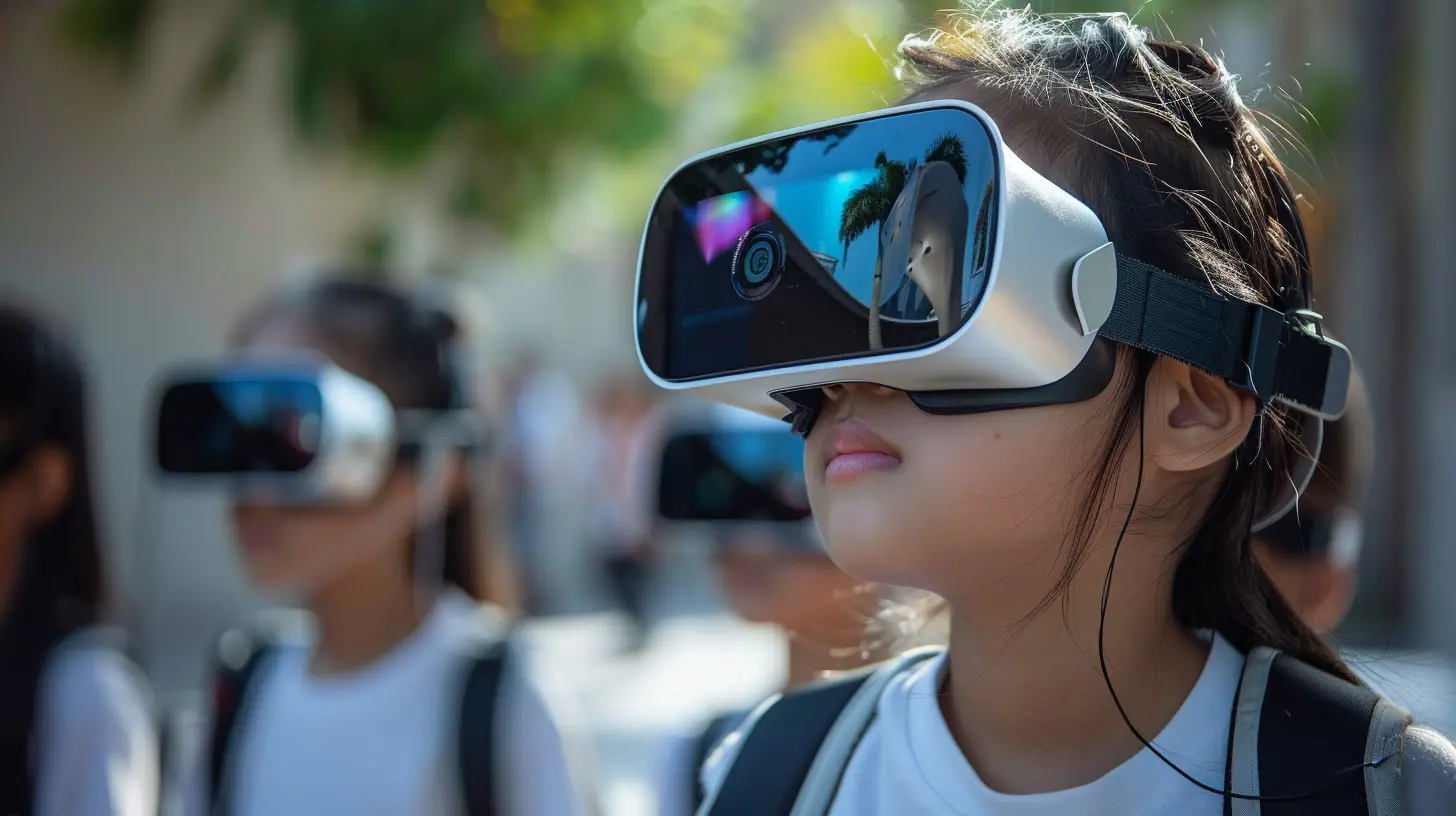
📢 The Future of Wearable Tech in Education
So, what’s next? The future looks bright! We’re already seeing AI-driven smart wearables that adapt in real time to students' learning needs. Imagine a smartwatch that detects when a student is struggling and automatically adjusts lessons accordingly.As technology advances, wearable devices will become smaller, more affordable, and even more integrated into classrooms. Soon, we might not even need traditional textbooks—just a pair of AR glasses that gives students everything they need.
The key is to balance innovation with accessibility, ensuring that wearable tech benefits all students, not just those who can afford it.
🎯 Final Thoughts
Wearable tech is transforming education in ways we never imagined. From VR-powered field trips to AI-driven learning assistants, the possibilities are endless. While challenges exist, the benefits far outweigh the drawbacks.As schools continue to adapt, one thing is clear: technology isn’t replacing teachers—it’s empowering students to learn in smarter, more engaging ways.
What do you think? Are we ready for a tech-driven classroom revolution?
all images in this post were generated using AI tools
Category:
Wearable TechAuthor:

John Peterson
Discussion
rate this article
1 comments
Zephyris Vance
Oh sure, because nothing says "enhanced learning" like strapping a gadget to your wrist while trying to remember quadratic equations. I can already see the classrooms filled with students more interested in their fitness stats than their final grades. What’s next? Smart shoes for better attendance? Brilliant!
September 21, 2025 at 10:59 AM

John Peterson
While I understand your concerns, wearable tech can actually promote engagement and personalized learning. It's about finding the right balance to enhance both health and education.

